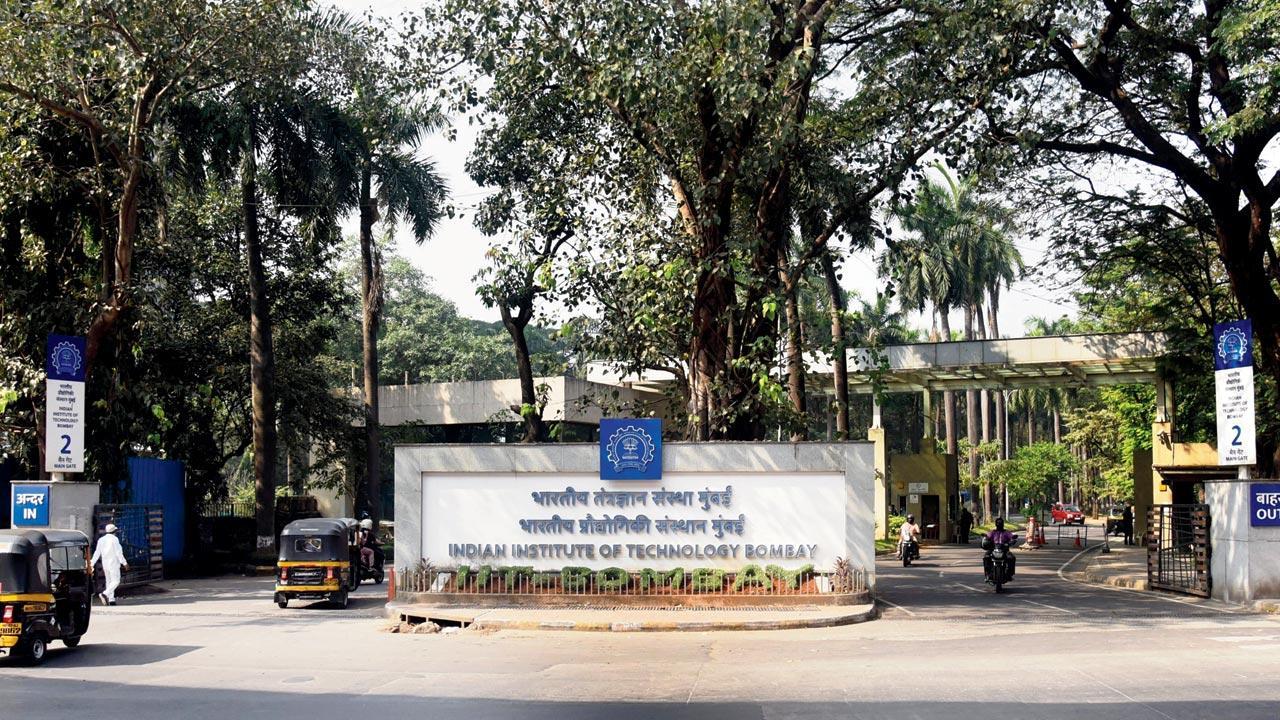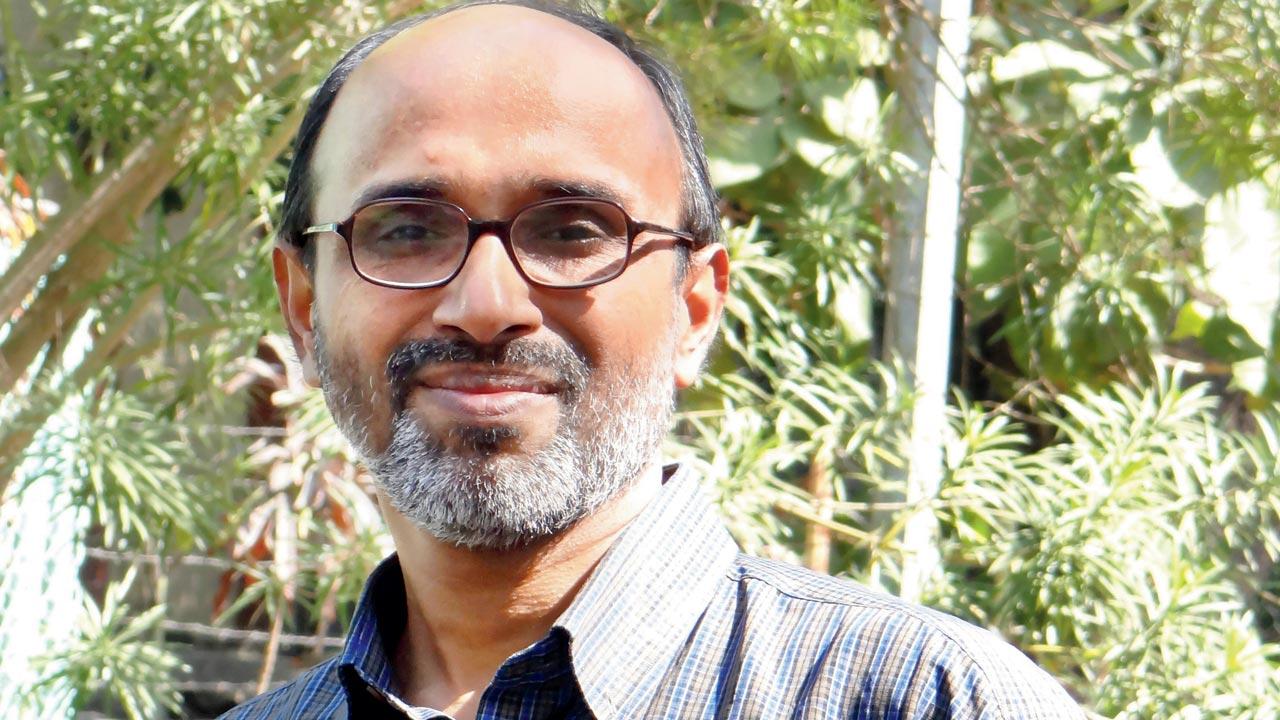Microwave radiation can identify invisible plastic pollutants, like low- and high-density polythene, polypropylene, found in most daily-use plastic materials

Professor T I Eldho of the Indian Institute of Technology, Bombay and his team created the technique in collaboration with Dr Anil Lonappan of the Mangosuthu University of Technology, South Africa. File pic
It's a known fact that micro and nano plastics are a serious environmental and health hazard. In a step toward tackling them, a research team led by Professor T I Eldho of the Indian Institute of Technology, Bombay (IIT-B) has devised a new technique to identify the presence of these invisible plastic pollutants using microwave radiation. It was done in collaboration with Dr Anil Lonappan of the Mangosuthu University of Technology, South Africa. The laboratory-based technique could be developed to help manage the threats posed by micro and nano plastics.
ADVERTISEMENT
The study was recently published in the Journal of Hazardous Materials, an international platform that publishes papers in the fields of Environmental Science and Engineering.
Use of microwaves
The novel technique for detecting micro and nano plastic, according to the researchers, leverages changes in the electrical characteristics of materials when placed inside a microwave cavity to identify the substance. The researchers are now hoping to create portable gadgets that can identify the presence of contaminants in environmental samples.
 Professor T I Eldho, IIT-B
Professor T I Eldho, IIT-B
“We have studied only four polymer types. In reality, there are other types of environmental plastic pollutants as well. Also, the sample size was small, as the volume of the sample placed inside the cavity was very crucial,” said professor Eldho on the limitations of the study.
The setup consists of a microwave cavity attached to a network analyser, an instrument which can measure various electrical parameters. The sample is placed inside the cavity and a high-frequency microwave is passed. Using the network analyser, the researchers recorded the variations in the electrical parameters of the sample due to the presence of plastic polymers. This technique can currently identify some of the most abundant types of plastics found in the environment, namely polypropylene, low-density polythene, high-density polythene, and cross-linked polythene. Most of our daily-use plastic materials like bags, bottles, ropes, carpets, and computer components are made of these four plastic polymers.
Also Read: Slash H1N1 test prices: Experts
“Invisible to the naked eye, these plastics are found almost everywhere, from the pristine environments of the Antarctic to our internal organs. Studies have reported finding these tiny plastic fragments in crops, fruits, fish, penguins and even human placenta. Additionally, they appear to play a role in climate change. While emerging threats posed by micro and nano plastic pollutants are varied and significant, a whole picture regarding the level of environmental contamination is unknown,” said Dr Renjith, who also worked on the study.
“Microwave processing requires less energy and time than other spectroscopic methods. Compared to such methods, the chances of sample degradation are less with microwaves,” explained Dr Renjith.
‘Environmentally friendly technique’
Researchers said there is a growing impetus to prevent and control the spread of micro and nano plastics. Existing techniques to identify the presence of these tiny plastic pollutants are mostly laboratory-based, energy-intensive and require expertise to operate. Thus, energy efficient, fast and economically feasible alternatives are highly desirable. Microwave-based techniques are generally considered to be environmentally friendly, the researchers emphasised. If this laboratory-based technique can be developed into handheld devices, researchers hope it will go a long way in helping to manage the threats posed by micro and nano plastics.
 Subscribe today by clicking the link and stay updated with the latest news!" Click here!
Subscribe today by clicking the link and stay updated with the latest news!" Click here!







